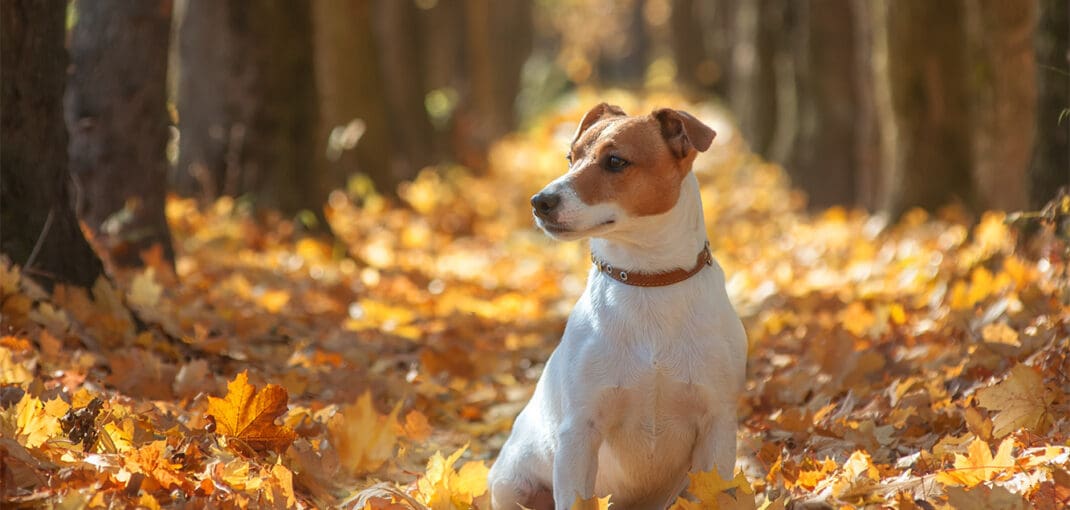With the arrival of autumn comes the arrival of chestnuts. When walking with your dog in the park, the temptation may arise to treat the chestnut as part of a game of fetch and play. It is better not to give in to this temptation, as it can expose your dog to real health risks. Read in our article why chestnuts are dangerous for your dog.
Can a dog eat chestnuts?
Since chestnuts are so interesting for dogs, it is to be expected that they will use them for more than just playing. When prancing around, it may be that the dog chokes on them or, if it chews them up, may be poisoned by them. In our geographical conditions, there is a small risk of sweet edible chestnuts being mistaken for inedible chestnuts. Therefore, as a precaution, it is better to consider every chestnut you encounter as a real danger for a dog of any size – a small dog is more likely to chew it and eat it, while a large dog may additionally choke on it.
How to distinguish between edible and inedible chestnuts? The shell of edible sweet chestnuts is brown and has numerous long, bristly spines, and there are two to three fairly small, flattened and triangular chestnuts in the shell. In contrast, the shell of inedible chestnuts is thick and green, has small, short and more widely spaced spines and usually contains only one larger rounded fruit.
Where does the toxicity of non-edible chestnuts come from?
Inedible chestnuts are toxic to dogs due to their high content of saponins. These are compounds that lower the surface tension and are therefore able to destroy cell structures, exhibiting haemolytic properties that damage erythrocytes. They damage the liver and are able to destroy the epithelial tissue of various sections of the digestive tract. If lethargy, abdominal pain, salivation, vomiting or diarrhoea occur after eating chestnuts, it is essential to visit your vet.
Not all dog guardians are aware of the consequences that can befall a dog after eating chestnut. Many, especially when it comes to children, use the chestnuts to play by kicking them or throwing them to the dog to fetch. It is worth making people aware and spreading the word regarding these tempting, but dangerous for the health of our pets, autumn balls.
Also, ingestion of acorns by a dog can cause choking, severe diarrhoea and vomiting. Let’s be careful during autumn walks and pay attention to what our dog plays with to avoid dangerous consequences.






